Memorial area for compatriots, cadres, soldiers and students from the South who gathered in the North (Quang Tien ward, Sam Son city). Photo: Minh Hieu
The 6th Conference of the Party Central Committee (2nd term) held in Viet Bac on July 15, 1954 stated: “American imperialism is the main obstacle preventing the restoration of peace in Indochina” and “is becoming the main and direct enemy of the Indochinese people”. The Conference decided: “Change the policy and strategy of the struggle in order to smoothly carry out the immediate goal. This is an important change in the revolutionary policy and strategy, but the goal of the revolution remains the same”.
Understanding the feelings of the people in the South, at the end of the Geneva Conference, President Ho Chi Minh called on the people of the whole country, affirming the great contributions of the people of the South "to go first and come last". At the same time, he pointed out the nature of the struggle "to consolidate peace, achieve unification, complete independence and democracy is also a long and arduous struggle. To gain victory, all our people, army and cadres from North to South must unite closely, have unified thoughts and unanimous actions"!
Our country was temporarily divided into two regions, with two different social regimes. Clearly identifying that the struggle must continue and be long-term, building the rear was a constant factor deciding the victory of the resistance war against the US. Recognizing this important rule, the Party and President Ho Chi Minh identified the North as the foundation of the whole country's struggle and therefore soon set out the path to build the North towards socialism. This was a long-term task, at the same time urgent and pressing to serve the political struggle in the South. Therefore, our entire Party, people and army focused their intelligence and strength on building the North and actively supporting our compatriots in the South in directly fighting against the US's imposition of neo-colonialism.
Artifacts and images are displayed at Ho Chi Minh Museum - Ho Chi Minh City Branch.
The North was now faced with extremely heavy tasks. That was to build socialism after a long war of aggression in a country that had been poor and backward through thousands of years of feudalism and nearly a century of French colonial rule. The first task was to receive and establish a new government in the area previously occupied by the enemy; at the same time, it was necessary to immediately start implementing the plan to restore the post-war socio-economy, develop production, and stabilize people's lives. Next was the socio-economic development plan for the 3 years 1957-1960; continue to carry out land reform, initially build agricultural cooperatives; build a revolutionary army gradually towards regularization and modernization...
Meanwhile, in the South, under the brutal terror of the US - Diem, life and the revolutionary movement were covered in darkness. Indignation was pushed to a high level and the fighting spirit of our people never stopped boiling. In response to the new demands of the Southern revolution, the 15th Conference of the Party Central Committee (term II) opened on January 13, 1959 to analyze the characteristics and current contradictions of the Vietnamese revolution. The Conference stated: “The Vietnamese revolution led by our Party includes two strategic tasks: the Socialist Revolution in the North and the People's National Democratic Revolution in the South. Although these two strategic tasks are different in nature, they are organically related to each other, carried out in parallel, deeply influence each other, and strongly support each other, aiming at the common direction of maintaining peace, achieving national unification, and creating favorable conditions to bring the whole of Vietnam to socialism”. The conference also set out the general tasks of the Vietnamese revolution in this period as “Strengthening national solidarity, resolutely fighting to maintain peace; achieving national reunification on the basis of independence and democracy, completing the tasks of the people's national democratic revolution throughout the country; striving to consolidate the North and bring the North to socialism; building a peaceful, unified, independent, democratic and prosperous Vietnam; actively contributing to protecting peace in Southeast Asia and the world”.
Regarding the socialist revolution in the North, the conference pointed out that: The North is advancing towards socialism according to the objective development law of the Northern society, for the purpose of constantly improving the people's lives, on the other hand, actively shouldering responsibility for the revolutionary movement of the whole country. The economy and culture of the North are developing, the people's lives in the North are improving, the national defense force in the North is increasingly strong, which will increase the strength of the revolution and the political prestige of our people, increase the confidence and revolutionary positivity of the people in the South in the struggle against the US-Diem regime. The process of carrying out the socialist revolution in the North needs to fight against the tendency to separate the socialist revolution in the North from the people's national democratic revolution in the South; or to attach importance to this revolution and disregard the other. The task of national reunification must be thoroughly understood in all working guidelines, policies of the Party, the State and the actions of the people in the North.
Artifacts and images are displayed at Ho Chi Minh Museum - Ho Chi Minh City Branch.
Regarding the Vietnamese revolution in the South, the conference analyzed very carefully the characteristics and nature of Southern society as a new colonial society, the Ngo Dinh Diem government was a puppet government of American imperialism, representing the interests of American imperialism, feudalism and the most reactionary American capitalist class in the South. Two basic contradictions emerged in Southern society: the contradiction between our people in the South and the invading imperialists, mainly American imperialists; the contradiction between the people of the South, first of all the peasants, and the feudal landlord class. Therefore, the immediate task of the Vietnamese revolution in the South is to “unite the entire people, resolutely fight against the US imperialists’ invasion and war, overthrow the Ngo Dinh Diem dictatorial ruling group, a lackey of the US imperialists; establish a national democratic coalition government in the South; achieve national independence and democratic freedoms, improve the people’s lives; maintain peace, achieve national unification on the basis of independence and democracy, actively contribute to protecting peace in Southeast Asia and the world”...
Thus, the struggle for an independent, unified, democratic and peaceful Vietnam must continue in many forms and by appropriate methods. In this struggle, the Vietnamese revolution must simultaneously carry out two strategic tasks and therefore pose many new and complicated problems to our entire Party, army and people in both regions that need to be solved. Faced with the new situation of the country, to complete this great task, requires the leadership and direction of our Party to be alert, clear-sighted, sharp, proactive, flexible and steadfast. At the same time, it is an inevitable requirement that the entire army, the entire people and all cadres from North to South must unite closely around the Party and President Ho Chi Minh, the revolutionary government and the National United Front, to create unanimity, determination and cleverness in both thought and action in the process of struggling for independence and national unification.
Le Phuong
Source: https://baothanhhoa.vn/ky-niem-50-nam-ngay-giai-phong-mien-nam-thong-nhat-dat-nuoc-30-4-1975-30-4-2025-chu-truong-cua-dang-ve-cach-mang-hai-mien-bac--nam-245702.htm


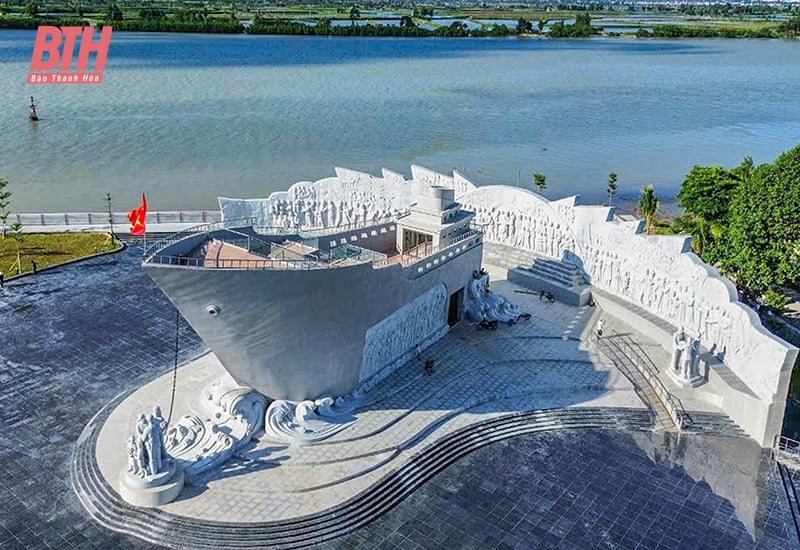
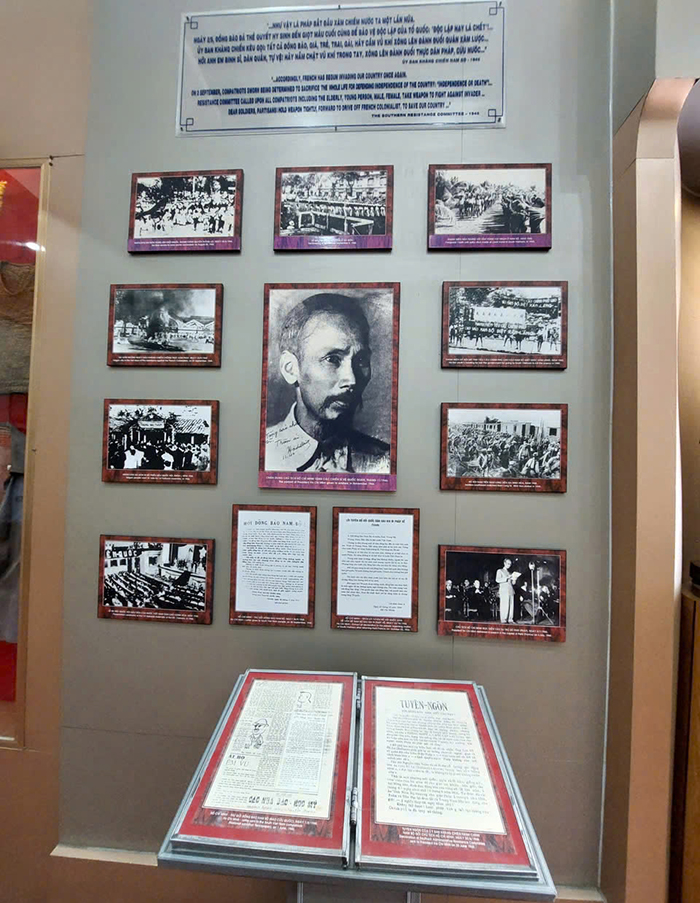
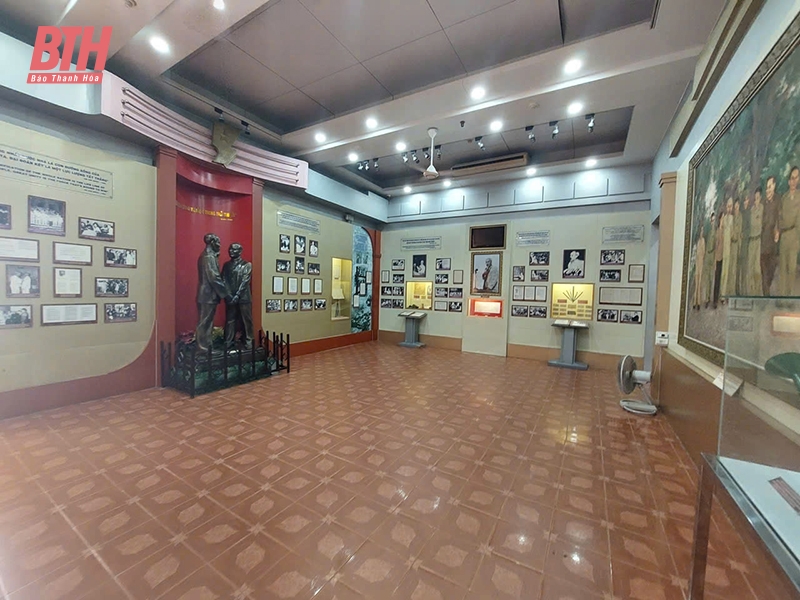
![[Photo] Readers line up to visit the photo exhibition and receive a special publication commemorating the 135th birthday of President Ho Chi Minh at Nhan Dan Newspaper](https://vphoto.vietnam.vn/thumb/1200x675/vietnam/resource/IMAGE/2025/5/17/85b3197fc6bd43e6a9ee4db15101005b)
![[Photo] Prime Minister Pham Minh Chinh chairs meeting on science and technology development](https://vphoto.vietnam.vn/thumb/1200x675/vietnam/resource/IMAGE/2025/5/17/ae80dd74c384439789b12013c738a045)
![[Photo] More than 17,000 candidates participate in the 2025 SPT Competency Assessment Test of Hanoi National University of Education](https://vphoto.vietnam.vn/thumb/1200x675/vietnam/resource/IMAGE/2025/5/17/e538d9a1636c407cbb211b314e6303fd)



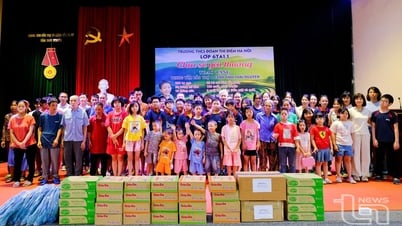

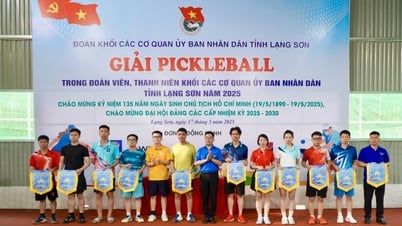

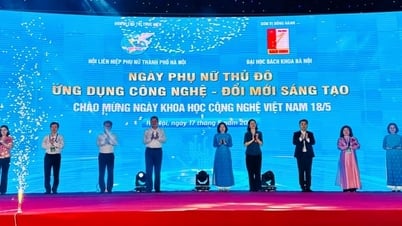

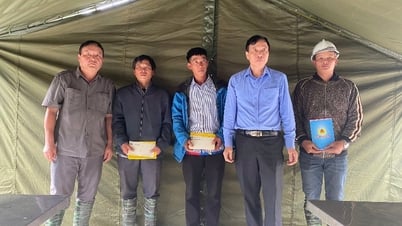



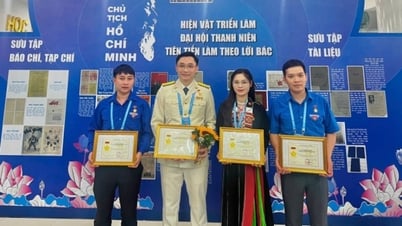





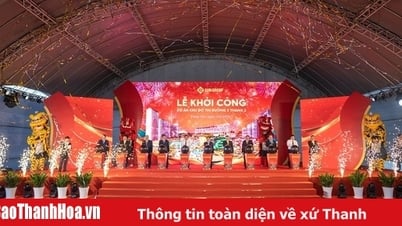
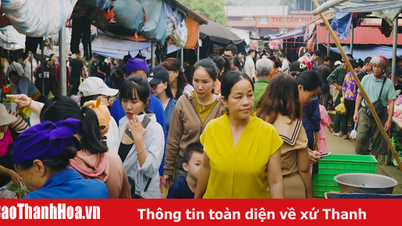
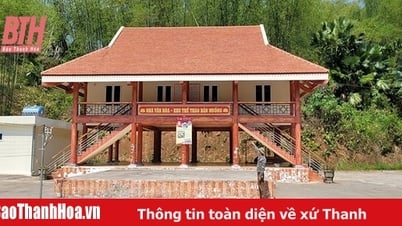
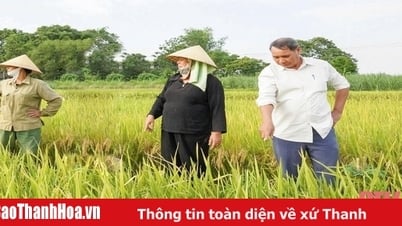
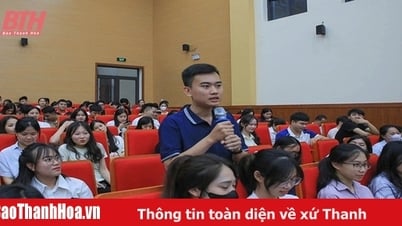
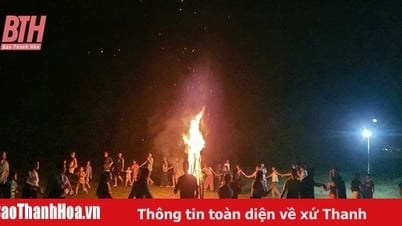
![[Photo] Nearly 3,000 students moved by stories about soldiers](https://vphoto.vietnam.vn/thumb/1200x675/vietnam/resource/IMAGE/2025/5/17/21da57c8241e42438b423eaa37215e0e)





















































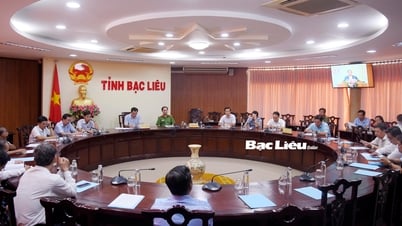

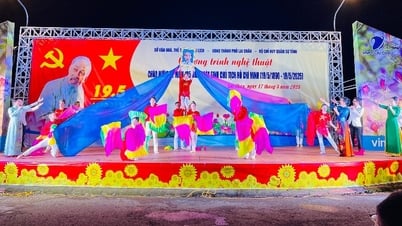









Comment (0)